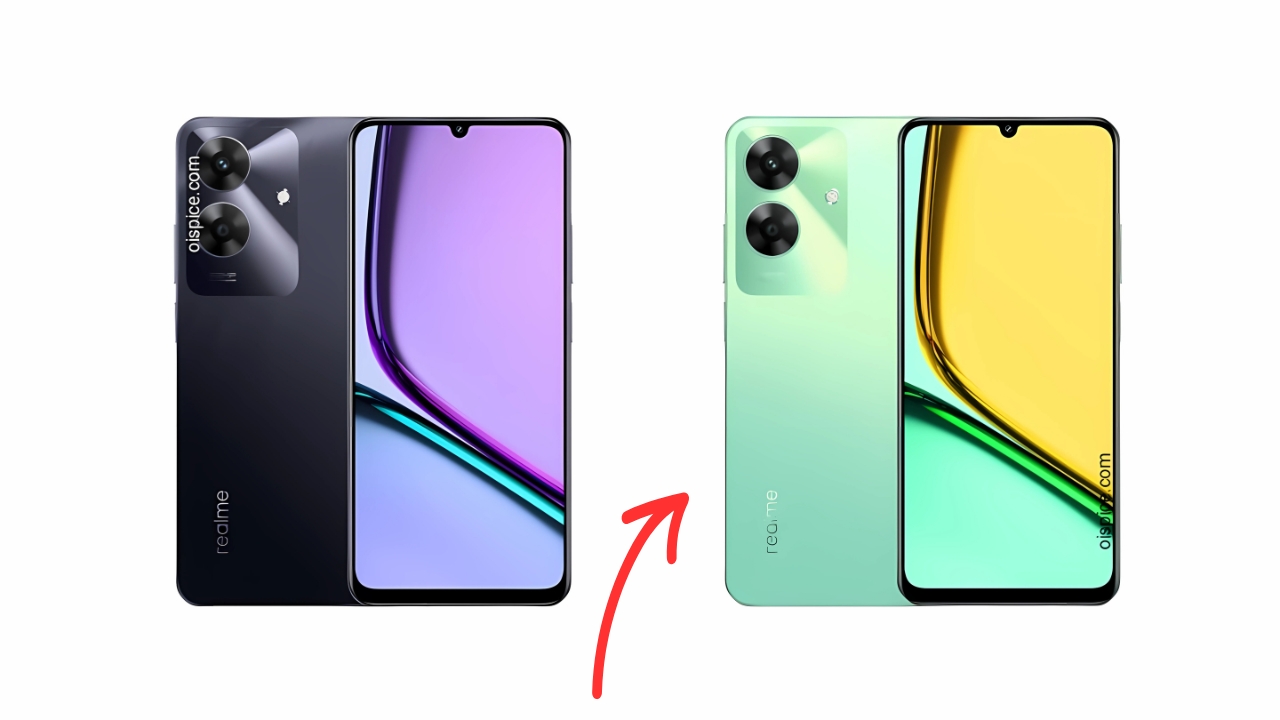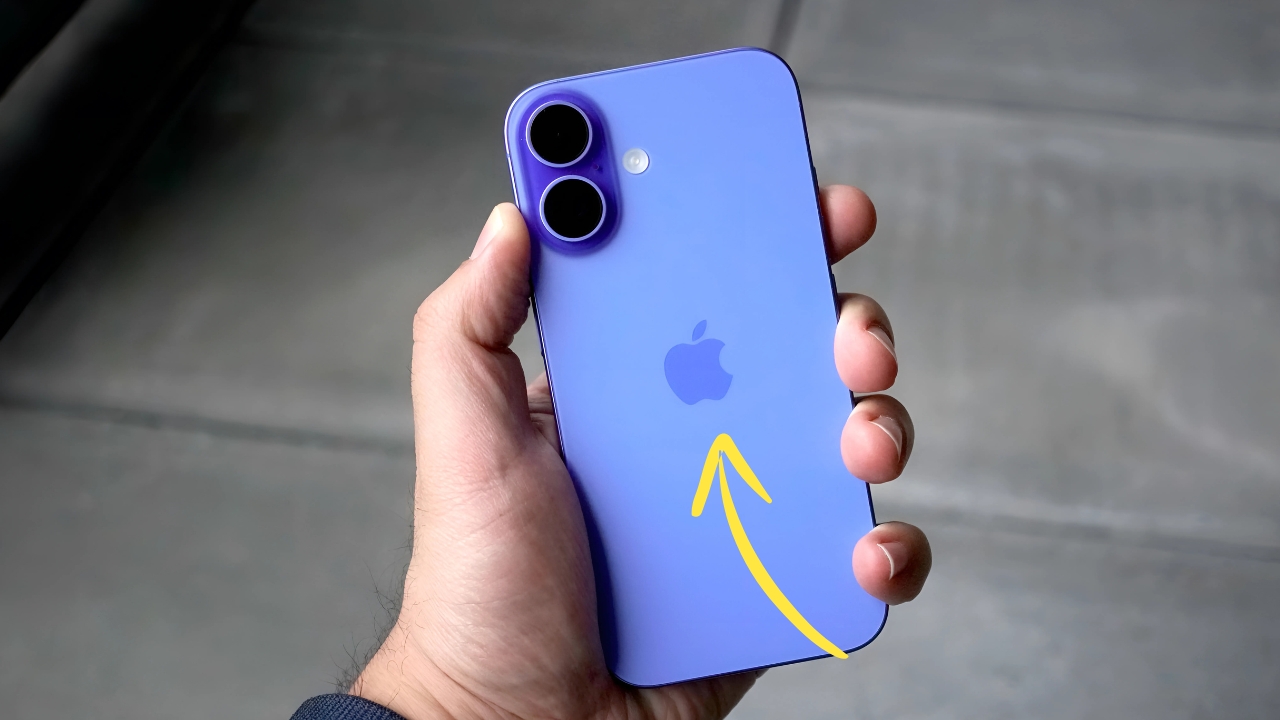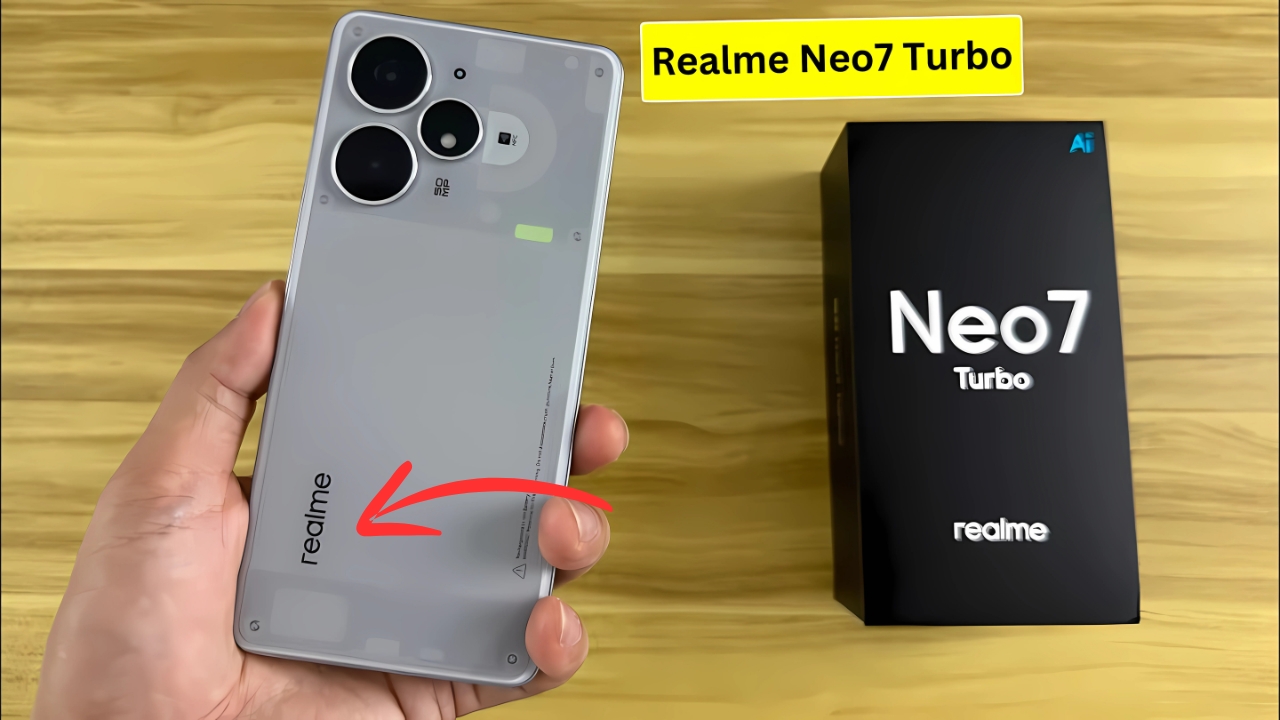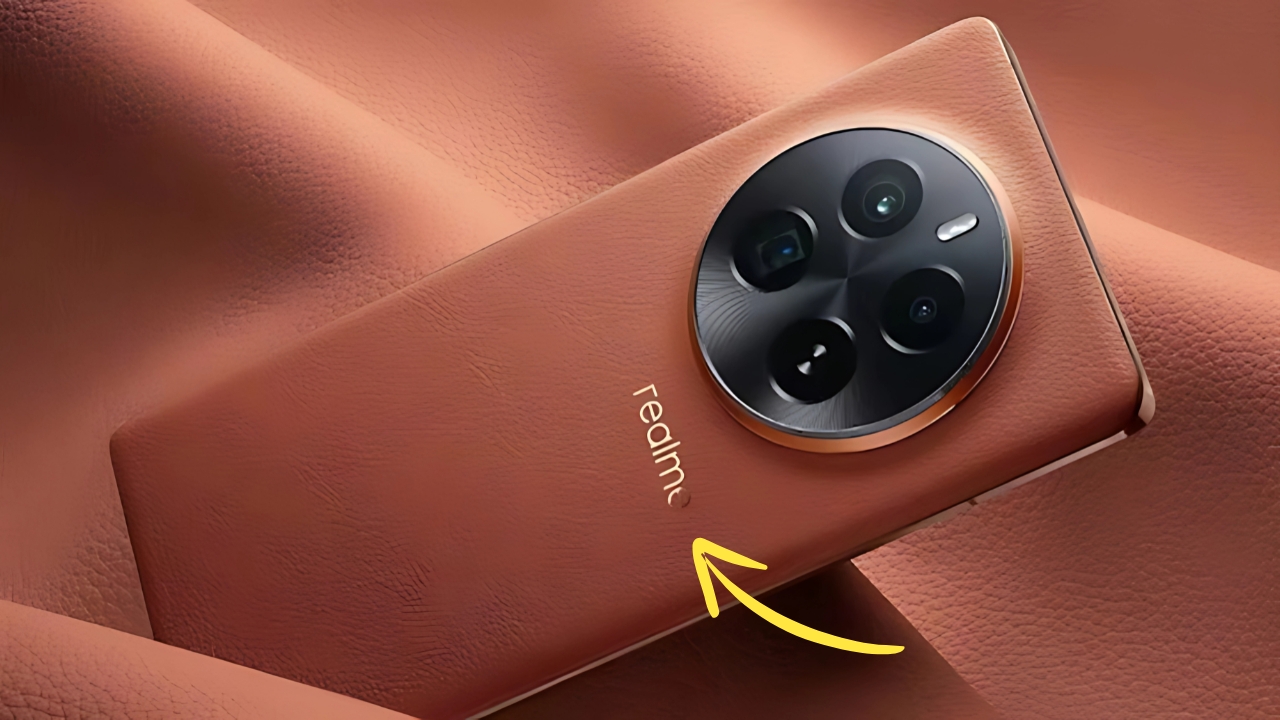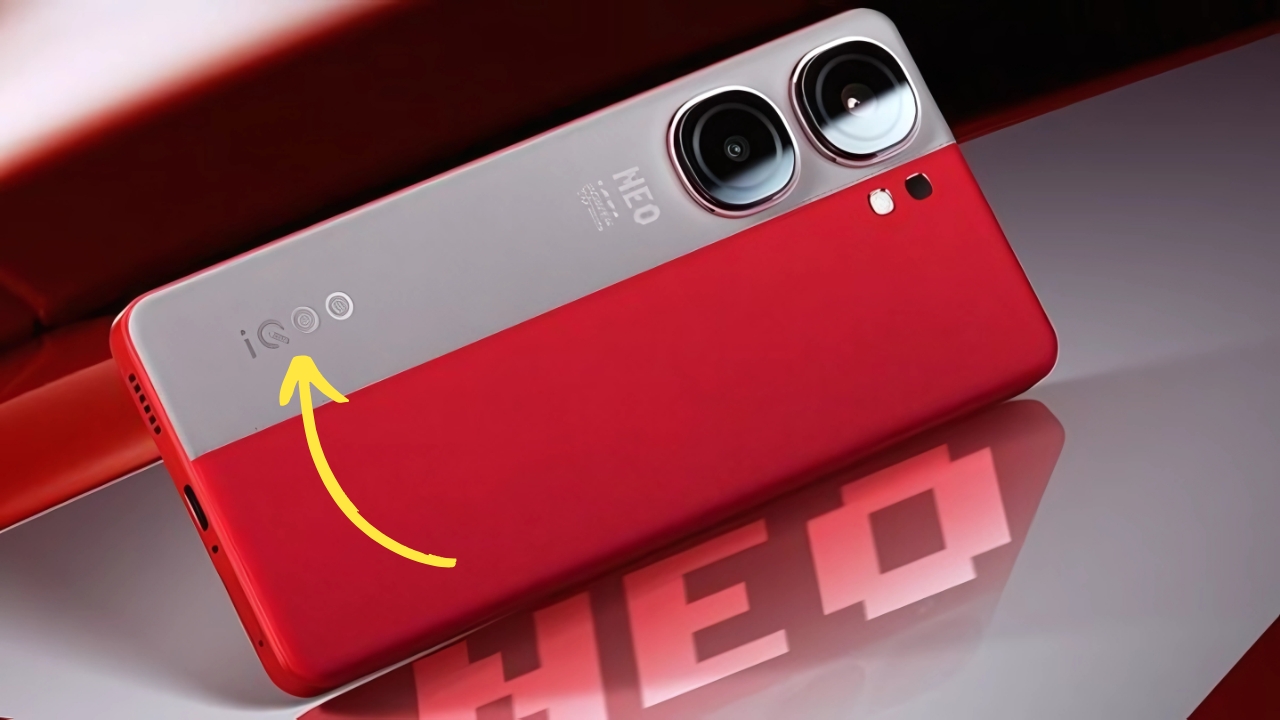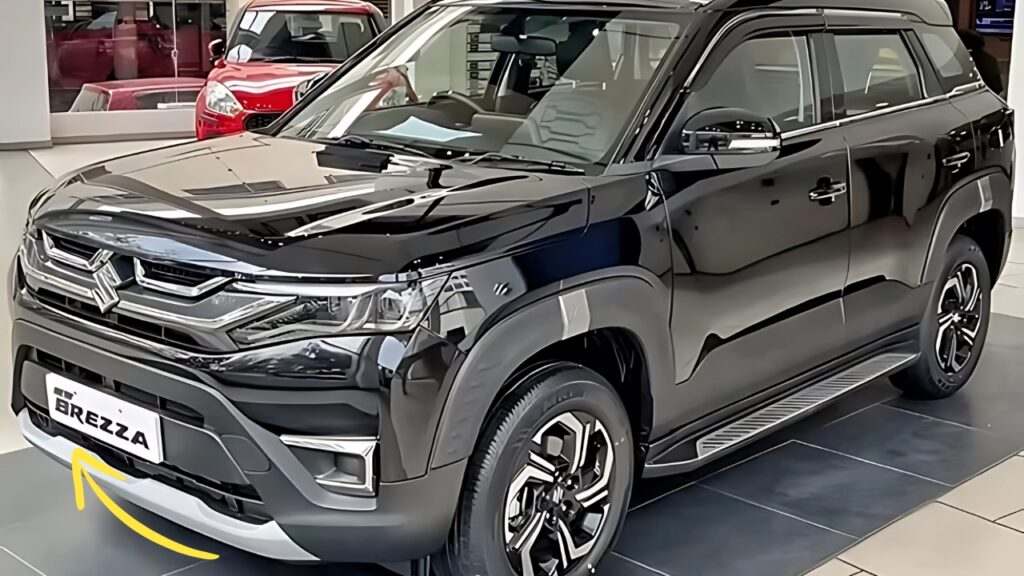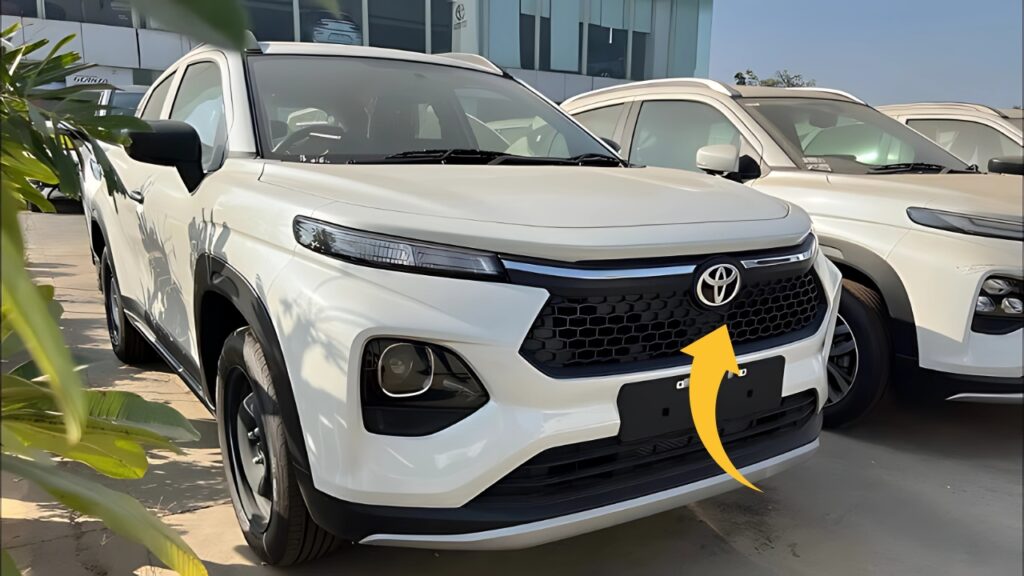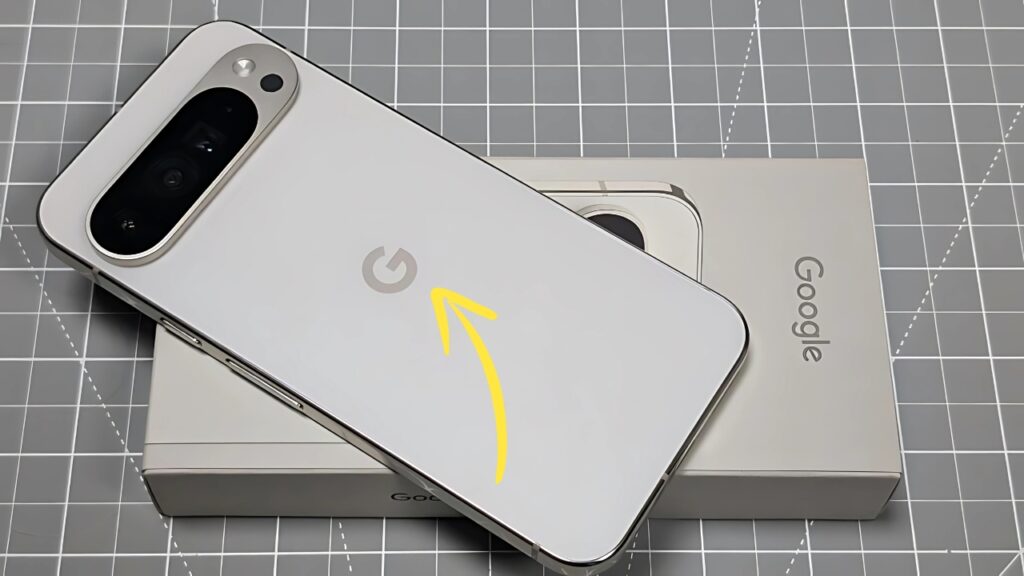Realme Note 60: In the ever-evolving smartphone landscape, finding the sweet spot between premium features and affordability remains the holy grail for manufacturers.
Realme, a brand that has rapidly ascended from newcomer status to established player, seems to have struck gold with their latest offering—the Realme Note 60.
This comprehensive review explores what makes this device a potential game-changer in the competitive mid-range segment.
Realme Note 60: The Evolution of Realme’s Product Philosophy
Before diving into the specifics of the Note 60, it’s worth reflecting on Realme’s journey in the smartphone market.
Born as a sub-brand of OPPO in 2018, Realme quickly established its independent identity by targeting younger consumers with feature-rich devices at competitive price points.
What began as a strategy focused primarily on entry-level offerings has matured into a comprehensive product portfolio spanning multiple price segments.
The Note series represents a relatively new direction for Realme, combining the larger display and battery capacity typically associated with “Note” branded devices from competitors with Realme’s signature emphasis on fast charging and capable cameras.
The Note 60 builds upon the foundation laid by its predecessors while introducing refinements that reflect evolving consumer priorities in 2025.
What’s particularly interesting about Realme’s approach is how they’ve balanced technical specifications with practical, everyday usability.
Rather than chasing benchmark scores or headline-grabbing features that rarely translate to meaningful real-world benefits, the Note 60 reflects a thoughtful consideration of how people actually use their smartphones daily.
Design Language: Practical Sophistication
The Note 60’s design strikes a careful balance between aesthetic appeal and functional pragmatism. Measuring 163.8 x 75.5 x 8.1mm and weighing 187g, the device sits comfortably in the hand despite its large display.
The weight distribution feels particularly well-executed—a subtle but meaningful aspect of design that many manufacturers overlook.
Realme has opted for a glass back panel with a matte finish on the “Coastal Green” and “Midnight Blue” variants, while the “Starlight White” features a subtle pearlescent effect that shifts hues depending on lighting conditions.
The effect isn’t as dramatic as some competing devices, lending the Note 60 a more sophisticated appearance that doesn’t scream for attention but rewards closer inspection.
The frame is constructed from aluminum with a satin finish that resists fingerprints effectively. The power button and volume rocker on the right edge provide satisfying tactile feedback with minimal wobble—a small detail that contributes to the overall impression of quality.
The bottom edge houses the USB-C port, speaker grille, and thankfully, a 3.5mm headphone jack that many users still appreciate despite the industry trend toward its elimination.
The camera module deserves special mention for its thoughtful integration into the overall design. Rather than the increasingly common massive camera bumps that cause devices to rock when placed on flat surfaces, Realme has implemented a two-tiered approach.
The primary lenses sit within a slightly raised rectangular island, while the auxiliary sensors are flush with the back panel. This results in a more balanced appearance and improves stability when the phone is used on a table.
While not officially rated for water and dust resistance, Realme claims the Note 60 features “splash resistance” with additional sealing around crucial components.
This stops short of the IP68 protection offered by premium devices but should provide reasonable peace of mind for everyday accidents.
Display Experience: Beyond the Numbers
The centerpiece of any smartphone is its display, and the Note 60 impresses in this department. The 6.74-inch AMOLED panel features a resolution of 2400 x 1080 pixels (FHD+), resulting in a pixel density of approximately 392 PPI—more than sufficient for crisp text and detailed images at normal viewing distances.
Raw specifications tell only part of the story, however. The panel achieves a peak brightness of 1200 nits, making it comfortably visible even in direct sunlight—a scenario where many mid-range devices struggle.
The adaptive refresh rate, which can scale between 60Hz and 120Hz depending on on-screen content, strikes an excellent balance between smooth interactions and battery efficiency.
Color reproduction deserves particular praise. The display offers 100% coverage of the DCI-P3 color gamut and comes factory calibrated with an impressive Delta E average below 2.0 in the “Natural” color mode.
Those who prefer more vibrant visuals can opt for the “Vivid” profile, which enhances saturation without pushing colors to unnatural extremes as some competitors do.
Realme has implemented thoughtful software features to enhance the display experience. The “Vision Comfort” mode effectively reduces blue light emissions during evening use, while “Dark Mode 2.0” intelligently adjusts contrast and text weight to improve readability across both system and third-party applications.
“Sunlight Display” mode temporarily boosts contrast when using the phone outdoors, making content more legible without excessive battery drain.
The optical under-display fingerprint sensor is positioned at a natural resting point for the thumb and performs admirably in terms of both speed and accuracy.
While not quite as instantaneous as the ultrasonic sensors found in premium flagships, it recognizes registered fingerprints consistently even with slightly damp fingers—a common pain point for optical sensors.
Performance Dynamics: Balanced Capabilities
The Note 60 is powered by MediaTek’s Dimensity 7300-Ultra chipset, fabricated on TSMC’s 4nm process.
This octa-core SoC features four Cortex-A78 performance cores clocked at 2.5GHz and four efficiency-focused Cortex-A55 cores running at 2.0GHz. Graphics are handled by the Mali-G615 MC6 GPU, which delivers capable gaming performance for this price segment.
This hardware configuration places the Note 60 firmly in the upper-mid-range territory, offering performance that comfortably handles demanding applications and multitasking scenarios.
Day-to-day operations feel consistently fluid, with apps launching promptly and switching between them occurring without noticeable hesitation.
Gaming performance is particularly impressive considering the device’s positioning. Titles like Genshin Impact maintain playable framerates at medium settings, while less demanding games like PUBG Mobile and Call of Duty Mobile run smoothly at high visual quality.
The vapor chamber cooling system effectively manages thermals during extended gaming sessions, preventing the uncomfortable hot spots that plague many slim devices under load.
Memory configurations include 8GB or 12GB of LPDDR5 RAM paired with either 128GB or 256GB of UFS 3.1 storage. The inclusion of a microSD slot supporting cards up to 1TB provides welcome expandability for media enthusiasts.
Realme has also implemented a RAM expansion feature that can allocate up to 8GB of storage as virtual RAM, though its real-world benefits are most noticeable when juggling numerous background applications.
Synthetic benchmarks place the Note 60 comfortably ahead of last year’s mid-range offerings, though raw numbers tell only part of the story.
More meaningful is the device’s sustained performance under load, where the efficient chipset and thoughtful thermal management prevent the throttling that often compromises real-world usage.
Camera System: Versatility with Substance
Smartphone cameras have become perhaps the most crucial differentiating factor for many consumers, and Realme has clearly invested significant resources in this aspect of the Note 60.
The primary camera features a 50MP Sony IMX890 sensor with optical image stabilization (OIS), f/1.8 aperture, and all-pixel omnidirectional phase detection autofocus.
This is accompanied by an 8MP ultra-wide camera with a 120-degree field of view and a 2MP macro lens for close-up photography.
The main camera produces consistently impressive results across various lighting conditions. Daylight photos exhibit excellent dynamic range, natural colors, and impressive detail preservation.
The OIS system proves its worth in challenging lighting, allowing for sharp handheld shots at slower shutter speeds without introducing excessive noise reduction that often plagues mid-range devices.
Portrait mode benefits from the dedicated depth sensor, producing natural-looking background blur with accurate subject detection even with complex elements like hair and glasses.
The implementation feels more refined than previous Realme devices, with fewer artifacts around subject boundaries.
The ultra-wide camera performs admirably in good lighting, maintaining reasonable color consistency with the main sensor.
While corner softness is present as expected from such compact optics, the center sharpness remains impressive for this class of device.
Low-light performance from the ultra-wide is predictably weaker than the main sensor, though the night mode helps recover a surprising amount of detail.
Video capabilities include 4K recording at 30fps or 1080p at up to 60fps, with effective electronic image stabilization supplementing the optical system for remarkably steady footage.
The “Ultra Steady” mode, which leverages the ultra-wide camera and aggressive electronic stabilization, proves particularly useful for action shots, though it comes with a resolution penalty.
The 32MP front-facing camera delivers detailed selfies with natural skin tones and capable dynamic range. The portrait mode works well for single subjects, though group selfies occasionally reveal the limitations of the depth estimation algorithms.
What elevates the camera experience beyond the hardware specifications is Realme’s thoughtful software implementation.
The camera app launches quickly and offers an intuitive interface that balances simplicity with advanced options for those who want greater control.
The AI scene recognition genuinely enhances photos in most scenarios rather than simply boosting saturation, while the night mode strikes an excellent balance between noise reduction and detail preservation.
Battery Life and Charging: Endurance Meets Speed
Battery performance represents another area where the Note 60 excels. The 5,500mAh battery easily delivers a full day of heavy use, with lighter users potentially stretching to two days between charges.
In our standardized testing, which includes web browsing, social media, photography, and video playback at a consistent brightness level, the device averaged just over 8 hours of screen-on time—an impressive figure that outperforms many devices with similar battery capacities.
Charging capabilities are equally impressive. The included 80W SuperVOOC charger can replenish the battery from empty to 50% in approximately 18 minutes, with a full charge taking around 45 minutes.
This places the Note 60 among the fastest-charging devices in its class, addressing one of the traditional pain points of large-battery smartphones.
For those who prefer wireless charging, the Note 60 supports 15W Qi charging—not the fastest implementation but a welcome inclusion in this price segment where wireless charging remains relatively uncommon.
Reverse wireless charging at 5W is also supported, allowing the device to top up accessories like wireless earbuds in a pinch.
Battery health features deserve mention as well. The “Optimized Night Charging” function learns the user’s sleep patterns and adjusts the charging speed accordingly, reducing battery stress by avoiding prolonged periods at 100% charge.
The “Battery Health Engine” monitors cell performance over time and adjusts charging parameters to extend overall lifespan—a feature that addresses growing concerns about long-term battery degradation.
Software Experience: Maturity and Refinement
The Note 60 runs Realme UI 5.0 based on Android 15, representing a significant evolution of Realme’s software approach.
The interface strikes a balance between stock Android’s clean aesthetics and thoughtful additions that enhance functionality without feeling intrusive.
Particularly impressive is Realme’s commitment to software support, with the Note 60 promised three years of Android version updates and four years of security patches.
This extended support period addresses a traditional weakness of mid-range Android devices and provides greater longevity for users who don’t upgrade annually.
The system feels well-optimized for the hardware, with smooth animations and responsive inputs throughout the interface.
Bloatware has been significantly reduced compared to earlier Realme devices, with most pre-installed third-party applications being removable. The remaining Realme-specific apps generally add genuine value rather than duplicating Google’s offerings.
Privacy features have received attention, with the Privacy Dashboard providing clear visibility into permission usage and the ability to grant temporary access to sensitive features like location.
The Private Safe feature securely stores sensitive documents and media behind biometric authentication, while the App Lock function protects individual applications from unauthorized access.
Comparative Analysis: The Mid-Range Landscape
To provide context for the Note 60’s positioning, here’s how it compares to key competitors in the mid-range smartphone segment:
| Feature | Realme Note 60 | Xiaomi Redmi Note 13 Pro | Samsung Galaxy A55 | OnePlus Nord 4 |
|---|---|---|---|---|
| Display | 6.74″ AMOLED, 120Hz, 1200 nits | 6.67″ AMOLED, 120Hz, 1000 nits | 6.6″ Super AMOLED, 120Hz, 1000 nits | 6.74″ AMOLED, 120Hz, 1100 nits |
| Processor | MediaTek Dimensity 7300-Ultra | Snapdragon 7s Gen 2 | Exynos 1480 | MediaTek Dimensity 7300 |
| Main Camera | 50MP Sony IMX890 OIS | 200MP Samsung ISOCELL HP3 | 50MP Sony IMX758 OIS | 50MP Sony IMX890 OIS |
| Battery | 5,500mAh, 80W wired, 15W wireless | 5,000mAh, 67W wired | 5,000mAh, 25W wired | 5,000mAh, 80W wired |
| RAM/Storage | 8/12GB, 128/256GB, expandable | 8/12GB, 256/512GB, expandable | 8GB, 128/256GB, expandable | 8/16GB, 128/256GB, non-expandable |
| Software Support | 3 years OS, 4 years security | 2 years OS, 3 years security | 4 years OS, 5 years security | 3 years OS, 4 years security |
| Special Features | Vapor chamber cooling, IP54 splash resistance | IP68 water/dust resistance, Dolby Vision | IP67 water/dust resistance, Samsung Knox | Alert slider, OxygenOS optimization |
| Price Range | $329-$399 | $349-$429 | $399-$449 | $379-$449 |
This comparison reveals the Note 60’s competitive positioning in terms of hardware specifications and pricing.
While some competitors offer specific advantages—Samsung’s longer software support, Xiaomi’s higher-resolution camera, OnePlus’s unique alert slider—the Note 60 presents perhaps the most balanced overall package with fewer compromise areas.
Key Points for Potential Buyers:
Display Quality: The bright, accurate AMOLED panel with adaptive refresh rate provides an excellent visual experience for media consumption and everyday use.
Charging Speed: The 80W fast charging capability addresses the traditional pain point of large-battery devices, significantly reducing downtime.
Camera Versatility: The capable primary camera with OIS delivers consistent results across lighting conditions, while the ultra-wide provides creative flexibility.
Sustained Performance: The efficient chipset and vapor chamber cooling ensure consistent performance during extended usage sessions without throttling.
Audio Experience: The dual stereo speakers with Dolby Atmos support provide impressive sound quality and spatial separation for a mid-range device.
Software Commitment: The promised three years of OS updates and four years of security patches extend the device’s useful lifespan beyond typical mid-range expectations.
Practical Design: Thoughtful elements like the 3.5mm headphone jack, expandable storage, and balanced camera bump enhance day-to-day usability.
Value Proposition: The competitive pricing relative to the feature set makes the Note 60 a compelling option for value-conscious consumers seeking premium-adjacent experiences.
Realme Note 60: Redefining Mid-Range Expectations
The Realme Note 60 represents a thoughtful approach to smartphone design that prioritizes real-world usage over marketing specifications.
While it may not claim the highest resolution camera or the fastest benchmark scores in its class, it delivers a cohesive experience where each element complements the others without glaring weaknesses.
What’s particularly impressive is how Realme has identified and addressed common pain points in the mid-range segment—battery anxiety through fast charging, performance degradation through effective cooling, future-proofing through extended software support, and practical usability through thoughtful design choices.
For consumers seeking a balanced smartphone experience without flagship pricing, the Note 60 makes a compelling case as one of the most well-rounded options in its segment.
It demonstrates that meaningful innovation isn’t always about introducing novel features but can emerge from thoughtfully refining the fundamentals that impact daily smartphone use.
In a market often driven by specification one-upmanship, the Realme Note 60 stands as a reminder that the best smartphone isn’t necessarily the one with the most impressive numbers on paper, but the one that most consistently delivers a satisfying experience across all aspects of use.
By that measure, Realme has created something special that deserves serious consideration from mid-range smartphone shoppers.
